What is the difference between the larvae of the bear and the may beetle
Content
- Insect larvae
- Larva bear
- Larva of the May beetle and Medvedka
With the onset of spring during the digging of the beds, plowing the garden begin to pay attention to all the strange larvae that can harm the seeds, seedlings, roots, green parts of the plant. One of the most common pests in the garden is a cedar, cockchafer, or chrushka. What is the difference between the Maybot larvae and Bears in the photo, show on different sites. But gardeners continue to invent fables, attributing non-existent features.
Where can you find larvae larvae
Insects activate activity with the onset of heat. Hibernate in the soil at a depth of about 2 m or in compost heaps. As the soil warms up in spring, it approaches the surface. The optimum temperature for them is 12 degrees.
The mating season falls on the month of May. At this time, adults, young females are selected from the minks in the dark, flying in search of a male. After fertilization for 2 weeks, the female Medvedka builds a nest at different depths. In the fertile, moist soil, a labyrinth with numerous passages is located at a depth of 5 cm. In the sandy soil it goes 70 cm deep. The average depth of the nest is 15 20 cm.
The female lays eggs in the amount of about 500 pieces. Such a high number provides insect survival. In order for the larva to come to light, it is necessary to create favorable conditions - air intake, heat, high humidity.
On a note!
The difference between the larva larvae and the larvae of the May beetle is obvious.They can not be confused. But unknowingly, you can perceive a fat white worm for the young of any insect. To determine who wound up, you should pay attention to the place where strange creatures are found, the depth of the nest. The larvae of the bear bear like heaps of dung, near the nest in the garden destroy plants so that the light falls into the hole. The larvae of the May beetle always find themselves in a well-groomed, clean, weeded vegetable garden.
The appearance of the larva bear
How to distinguish insect larvae, experienced gardeners know, beginners have to wrestle with.
There are about 500 eggs in the nest of a bear. The length of each of them is from 1 to 3 mm. Have a brown, reddish color. Translucent. Under the microscope you can see a living thing in them. The larva develops in the egg about 2 weeks. Under favorable conditions out of the shell before.
Initially, they are small, helpless, blind creatures that look like a bug, but not a caterpillar. Have a reddish color. The food for them is the mother's saliva, the egg shell. Approximately 7 days later, the first molt occurs. Bear larvae grow in size, more like an adult insect, which even has wings and can fly.
The full stage of imago formation lasts about 2 years. Under favorable conditions - 1.5 years. At the last stage, the genitals develop. The larva bear will go about 10 molts. Each time the length of the body increases, more and more resembles an adult beetle.
On a note!
Medvedka larva looks almost the same as an adult. It does not pass the stage of a caterpillar, pupa, does not turn into a butterfly. The initial length of the larva at the initial stage is about 3 mm, at the end of the formation - 5 cm. The size of the adult individual reaches 12 cm with the tail, the mustache. Photo below.
Maybot larva
The question of the difference between the larvae of beetles can be answered briefly - all. Starting from the very first stage of development, to the last.
The process of reproduction begins in early spring, when the first leaves appear on the birch trees. With the onset of persistent heat - in May, the female cockchafer buries deep in the soil up to 1 m. There it lays numerous white, transparent eggs.
On a note!
Medvedka rarely lays eggs at a depth of 1 m. Because for the safe development of the offspring you need heat, air.The female periodically opens the entrances to let in fresh air. At a depth of 1 m, such manipulations are problematic. When digging a kitchen garden to a depth of 50 cm, there are more chances to stumble upon a nest, the offspring of a polar bear and destroy all unborn pests.
The beetle pups are born after 20 days. In appearance, they are thick, white caterpillars with well defined rings. Over time, they become larger, move closer to the surface, feeding on plant roots. The development of the Maybot larvae takes several years.
Interesting!
If we compare the larvae of two pests, we can say the following. Medvedka offspring causes damage to agricultural crops almost immediately after its birth. Therefore, gardeners use different means of struggle with them. Cubs of the May beetle are initially harmless, they are not so voracious.
As they grow older, the young Maybugs turn into a yellowish fatty worm, a caterpillar. The head is brown, without eyes, with well developed gnawing apparatus. In front of the 3 pairs of legs. The body is translucent, in the intestine visible remnants of food. On the sides of the rings are brown specks.These features distinguish the cockchafer from other insects. It is impossible to confuse them with caps babies.
The photo of the Maybot larvae and the Medvedka larvae is presented below.
The main differences
After reviewing the appearance of each insect, the features of building a nest, one can identify the main differences:
- Medvedka does not pass the stage of the worm, the pupa. Immediately appears on the light in the form of a small insect. It has a brown color, but darkens over time. At the last stage, the wings and genitals develop. All this takes about 2 years.
- Maybot larvae are white caterpillars with well-defined rings. Gradually increasing in size, reaching a length of 6 cm. Have a twisted ring shape. Head brown. In front of the 3 pairs of legs. This is important to remember, since similar larvae are found in the larvae of other beetles that do not harm crops.
On a note!
The difference of the larvae is obvious. It is necessary to take into account the fact that the cockchafer develops under the ground for about 3 years. The cycle continues with the onset of heat. During the first 2 years the larva does not cause any harm, in the last year it sweeps away everything in its path, it turns into a real natural disaster.
In a small amount on the land plot the larvae do not cause any special harm. This applies to the bear and May beetle. They loosen the soil, saturate with useful substances. However, their large number can negate all the efforts of the gardener.
Prevention
To protect the area from pests, it is necessary to dig up the soil twice a year to a depth of 20 cm or more. In this way, you can destroy the nests of insects, destroy the larvae.
When using natural fertilizer - manure, it is better to scatter around the garden in autumn. Then, after winter, there will be no vitally capable bear eggs in it. During the spring fertilization procedure, a person by his own efforts contributes to soil contamination.
As a means of protection - to make beds of garlic, throw cloves in the hole with crops, plant flowerbeds with calendula, marigolds, chrysanthemums.
You can fight pests with folk remedies, professional. With a strong soil infection, insecticidal agents are used (Rembek, Regent and others), which remain in effect for 1 month, disintegrate completely after 45 days. This is enough to destroy all harmful creatures.

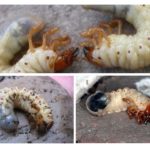
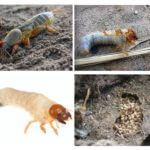
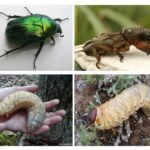
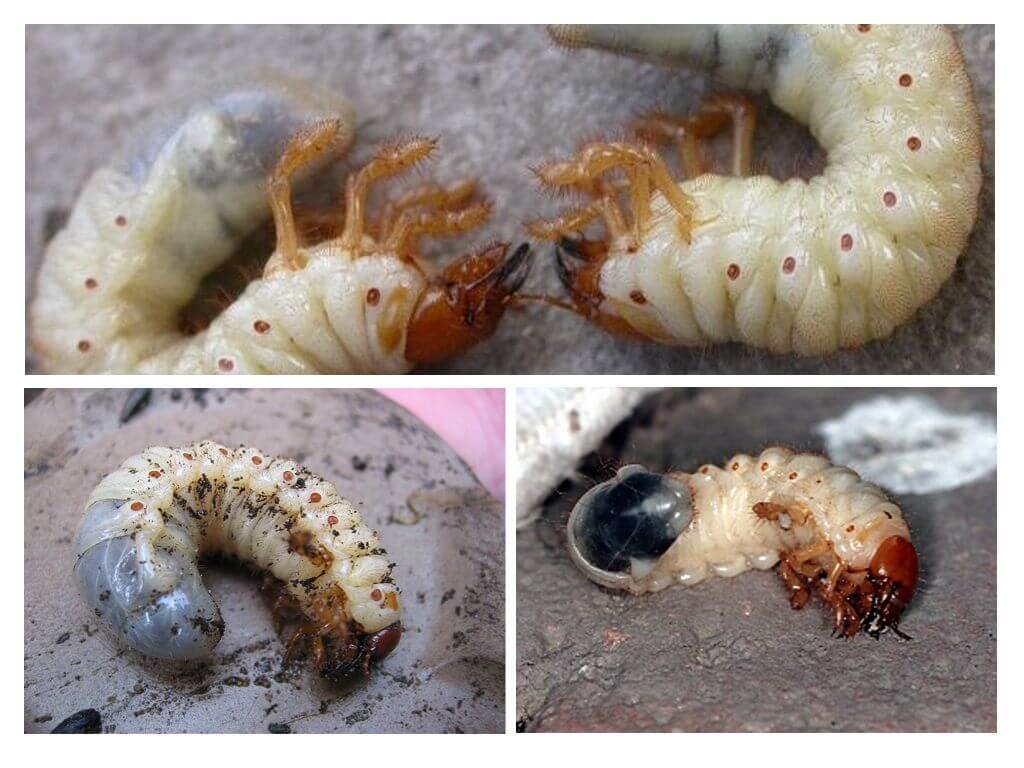
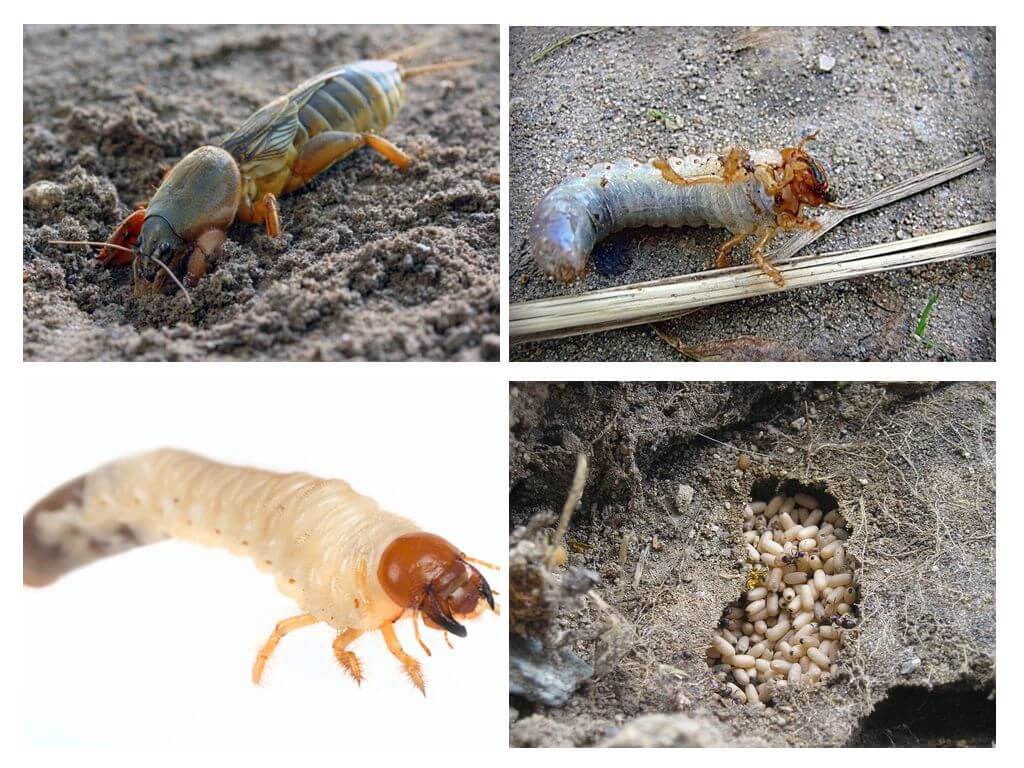
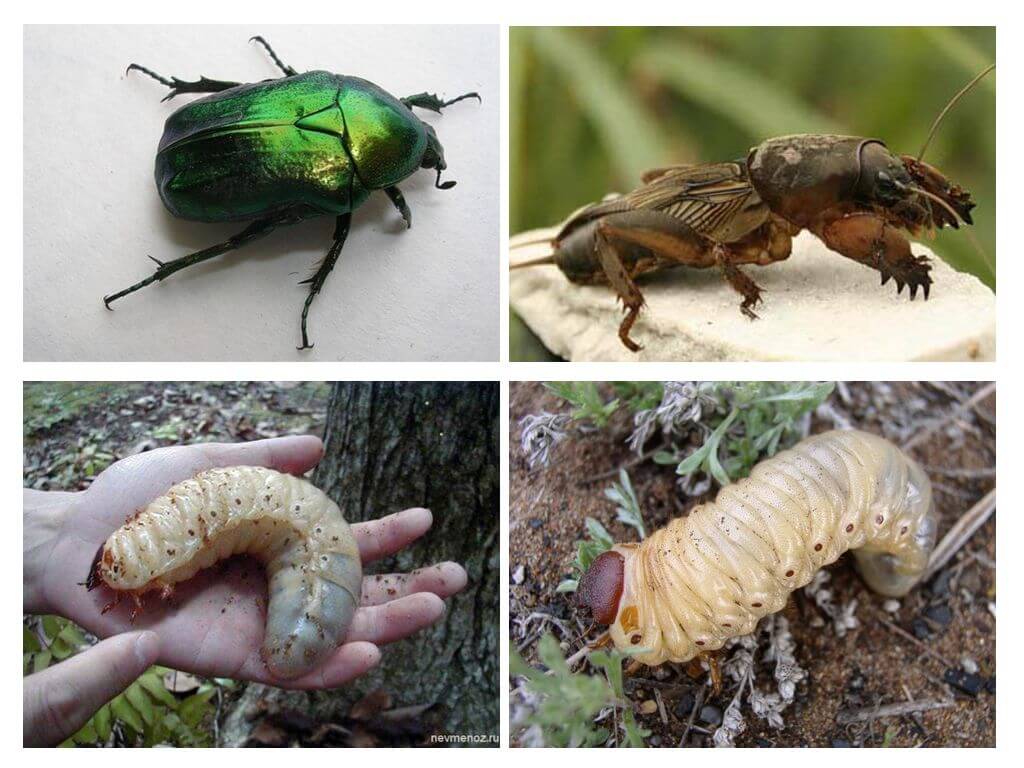

 (votes: 11, Average rating: 4.64 out of 5)
(votes: 11, Average rating: 4.64 out of 5)


